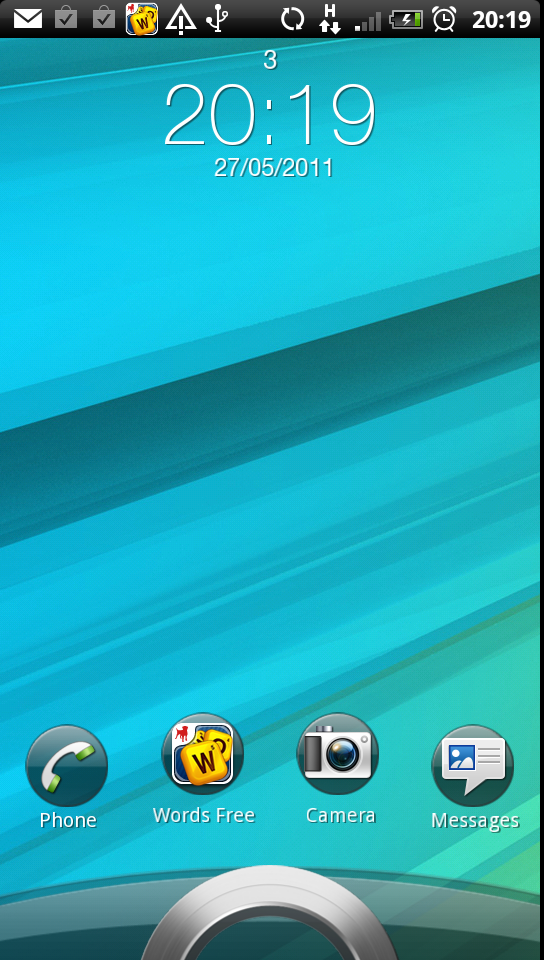Why you can trust TechRadar
With the HTC Sensation we're given our first look at the new version of the Taiwanese brand's overlay to Android. Running Android 2.3.3, the Sensation is perfectly up to date with the most recent version of Google's OS, and the new Sense 3.0 iteration is the next step forward for a user interface.
The main thing most HTC fans will notice is the new 3D scrolling - flicking through the many home screens will now see each one rotating around a virtual cylinder, rather than bouncing left and right in a linear fashion.
The widgets will even expand inwards and outwards to add to the effect, and really works to show off the dual-core nature of the 1.2GHz processor under the hood.

In standard HTC style, the Sensation reacts instantly under the finger - we're not talking Nokia N8 levels of swiping and waiting here, the capacitive touchscreen leaps to do your bidding in nearly every scenario.

The lock screen has also been given a massive overhaul too - instead of dragging a bar upwards to open up the phone, you have a large ring to swipe upwards to get started.


But it's not just that - there are four application spaces to drop your favourite functions into, and you can drag these into the ring to jump into them instead of starting up in the home screen. This is brilliant for things like the camera (as there's no dedicated button) so you can start snapping as fast as you can.
It's not a perfect system though - we had a few instances where we couldn't get the ring to slide fully up with our touch, meaning we had to have multiple attempts to simply get into the phone.
Sign up for breaking news, reviews, opinion, top tech deals, and more.
The other annoyance is notifications - if you have a message or missed call, it shows in a big pop-up at the centre of the lock screen, which is cool. But you can't drag this into the ring to jump straight to the notification unless you have the phone or message application selected as one of your quick links - seems like a missed trick from HTC.

The drag-down notification bar, which is present throughout the phone and one of the key pieces of the Android OS, has been given another makeover by HTC compared to the likes of the Desire (although we've already seen the upgraded functionality on the Desire S).
This means you can drag it down to see emails, messages and application notifications, but also see a scrolling list of the most recently used applications in a sliding bar and access the music player controls if you've got some tunes playing.

However, there's also a little tab at the bottom to let you control oft-used elements of the phone - we're talking Wi-Fi, Bluetooth, GPS etc all toggle-able with the touch of a check box. It's a little convoluted to get into (we prefer the Samsung TouchWiz version, where these controls are at the top of the drag down menu) but it's great to be able to activate Bluetooth without having to open Settings.
There's clearly been a great deal of effort made with the HTC Sense 3.0 user interface, and it shows - it's not as snappy as the Samsung Galaxy S2, but it's unflappable and we found very little slowdown throughout. If you're upgrading from another HTC Device, this is Sense on a whole new level.

Gareth has been part of the consumer technology world in a career spanning three decades. He started life as a staff writer on the fledgling TechRadar, and has grew with the site (primarily as phones, tablets and wearables editor) until becoming Global Editor in Chief in 2018. Gareth has written over 4,000 articles for TechRadar, has contributed expert insight to a number of other publications, chaired panels on zeitgeist technologies, presented at the Gadget Show Live as well as representing the brand on TV and radio for multiple channels including Sky, BBC, ITV and Al-Jazeera. Passionate about fitness, he can bore anyone rigid about stress management, sleep tracking, heart rate variance as well as bemoaning something about the latest iPhone, Galaxy or OLED TV.
